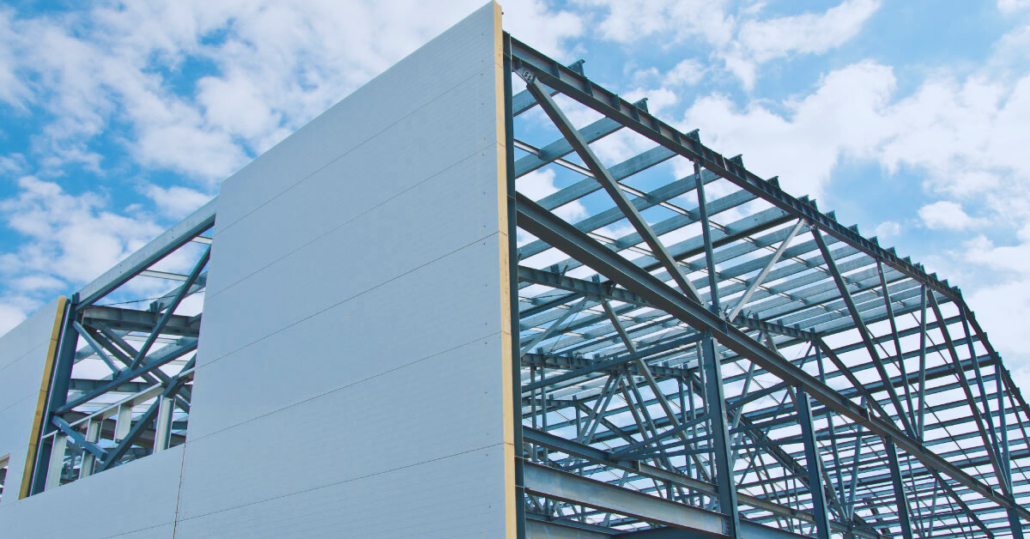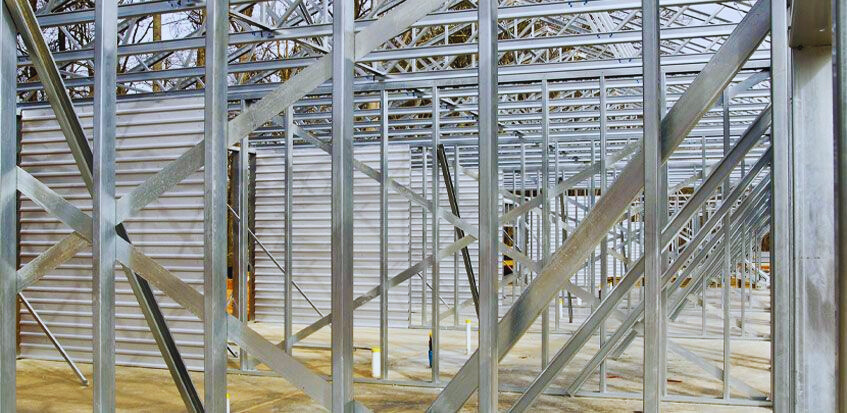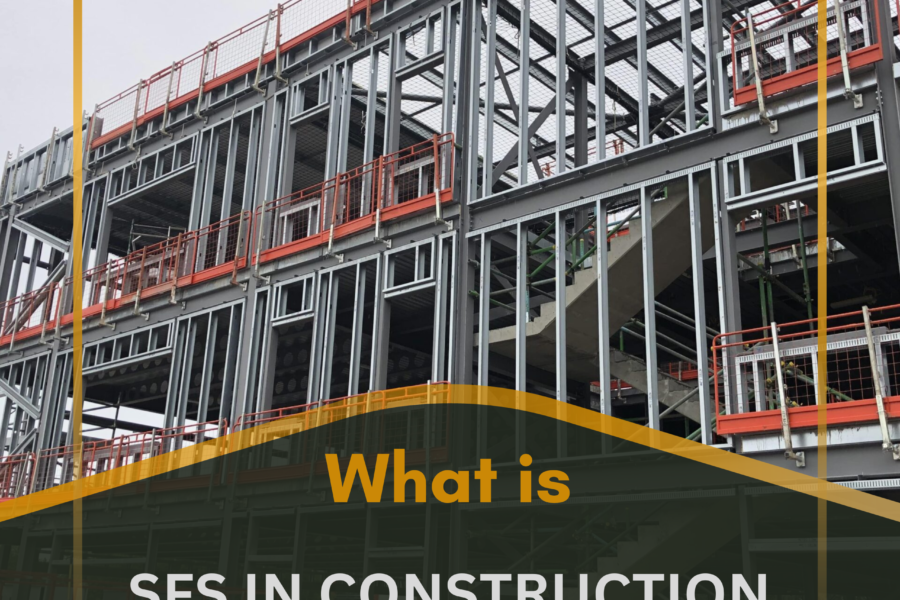What is SFS in Construction: A Comprehensive Guide
What is SFS in Construction: In the world of construction, various terminologies and acronyms are thrown around, and one of them is SFS, which stands for “Structural Framing System.” If you’re not familiar with this term, you’re in the right place. In this article, we’ll dive deep into what SFS in construction is, its importance, applications, and much more.
Table of Contents
1. What is SFS?
SFS, or Structural Framing System, is a critical component in the construction industry. It refers to the framework or skeleton of a building that provides structural support and stability. Think of it as the bones of a structure, holding everything together. SFS is often made from materials like steel, wood, or concrete, depending on the specific requirements of the project.

2. The Importance of SFS in Construction
1. Structural Integrity
One of the primary roles of SFS is to ensure the structural integrity of a building. It distributes the load of the structure evenly, preventing excessive stress on individual components. This results in a safer and more durable construction.
2. Versatility
SFS offers a high degree of versatility in construction. It can be customized to meet the unique needs of each project. Whether you’re building a residential home or a skyscraper, SFS can be tailored to fit the design and load-bearing requirements.

3. Types of SFS
There are several types of Structural Framing Systems used in construction, including:
1. Steel Framing
Steel framing is known for its strength and durability. It is commonly used in commercial and industrial buildings where large spans and heavy loads are involved.
2. Wood Framing
Wood framing is a traditional choice for residential construction. It’s lightweight, cost-effective, and easy to work with.
3. Concrete Framing
Concrete framing is preferred in high-rise buildings and structures where fire resistance and stability are crucial.

4. Applications of SFS
SFS finds applications in a wide range of construction projects, including:
1. Residential Construction
In residential construction, wood framing is often used for single-family homes, townhouses, and apartment complexes.
2. Commercial Buildings
Steel framing is popular in commercial construction, providing the strength needed for office buildings, shopping centers, and warehouses.
3. High-Rise Structures
Concrete framing is the go-to choice for skyscrapers and tall buildings, ensuring stability and safety at great heights.

5. SFS in Action: Case Study
To better understand the significance of SFS in construction, let’s take a look at a real-world example.
Case Study: The Empire State Building
The Empire State Building, an iconic skyscraper in New York City, stands as a testament to the importance of SFS. Its steel framing allowed it to reach unprecedented heights during its construction in the 1930s. Today, it continues to be a symbol of architectural excellence and structural innovation.

6. Conclusion
In conclusion, SFS, or Structural Framing System, is the backbone of any construction project. It ensures structural integrity, versatility, and safety. Whether you’re building a cozy home or a towering skyscraper, understanding the role of SFS is crucial for successful construction.
Now that you have a better grasp of what SFS is and its significance, you can appreciate the intricate work that goes into creating stable and enduring structures.
7. Frequently Asked Questions
Q1. Is SFS only used in large construction projects?
No, SFS can be used in projects of all sizes, from residential homes to massive industrial complexes.
Q2. What are the advantages of steel framing in SFS?
Steel framing offers exceptional strength, making it ideal for buildings with heavy loads or tall structures.
Q3. Is wood framing suitable for earthquake-prone areas?
Wood framing can be reinforced to withstand seismic activity, making it a viable choice in such regions.
Q4. How does SFS contribute to energy efficiency in buildings?
SFS can accommodate insulation materials, enhancing the energy efficiency of a structure.




